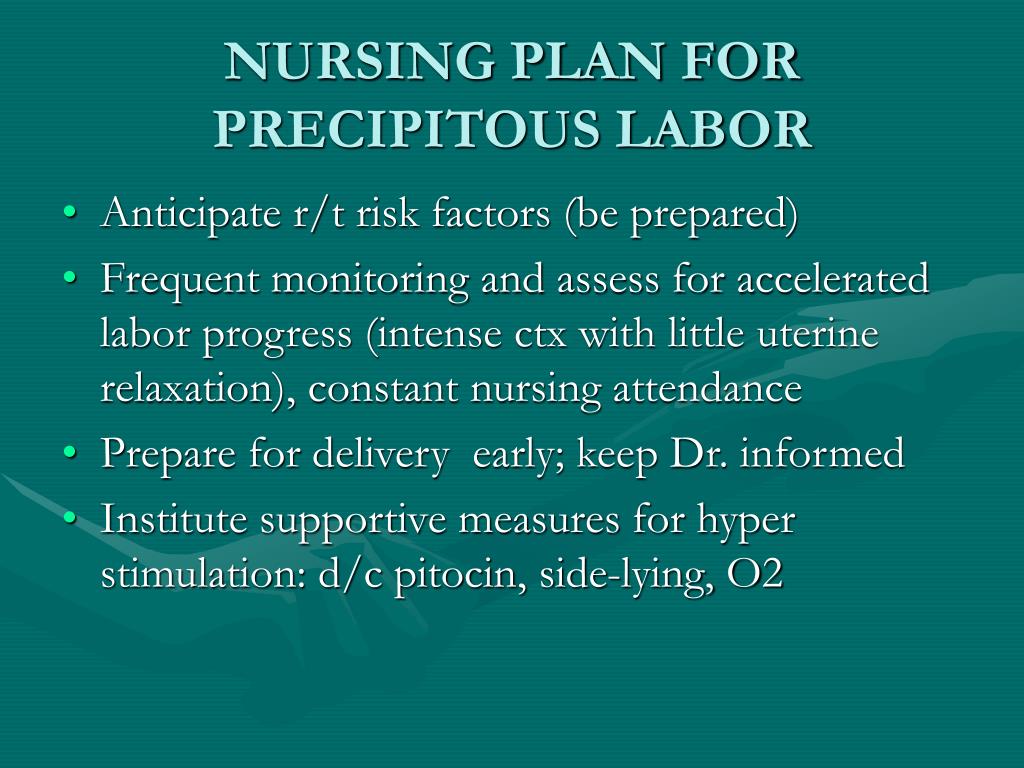

In the best-case scenario, you have made it to the hospital and the healthcare providers are in complete control of the situation, resulting in a normal delivery. Lastly, a small-sized baby weighing less than 2500 grams, could also be the reason for precipitate labour.Ĭan Precipitous Labour Cause Complications?Īs concerning as may sound, precipitous labour actually fastens the birthing process and could see the baby pushed out in a matter of minutes.This is placental abruption and could pose a great risk to the mother and the baby. In some cases, the placenta detaches from the uterus earlier than expected.Even the induction of labour with prostaglandin E2, a medication that dilates the cervix intrauterine growth restriction, could fasten the birthing process.Women with chronic high blood pressure and fertility treatments could also witness an increased risk of a precipitous labour.For some women, a history of precipitous labour could be a contributing factor during their next delivery.You will also increasingly feel the need to bear down and push.Ī number of factors can lead to a precipitous birth. At the same time, you might not get breaks between contractions.
#Precipitate delivery code
It’s almost like fast-forwarding hours of labour pain. The ICD-10-CM code O62.3 might also be used to specify conditions or terms like abnormal delivery, born after precipitate delivery, finding of duration of.

In precipitate labour, your contraction will suddenly speed up and become intense before a lot of time has elapsed. As a mom of five, not even one of the birthing classes I attended discussed Precipitous labor. Ordinarily, the woman loses about 1 pint of blood during and after vaginal delivery. After the baby is delivered, excessive bleeding from the uterus is a major concern. That’s a sign that the cervix is starting to dilate and will become thinner and shorter, preparing for the birth of your baby. Precipitous Labor: The Truth About a Rapid Delivery. Excessive bleeding from the uterus refers to loss of more than 2 pints of blood or symptoms of significant blood loss that occur within 24 hours of delivery. Nevertheless, you will feel mild, irregular contractions during the early stages of labour, which will become stronger and more consistent quickly. Labour can be extremely unpredictable and there are no set ways to identify if the woman will have a precipitous birth. However, a woman’s cervix will rapidly dilate during precipitous labour, fastening the delivery process. On average, a woman’s cervix dilates and contractions get stronger over a period of four to eight hours during active labour. A precipitous birth is when the baby is delivered within three hours after the contractions start. For a second delivery, the period goes down between three hours and 15 hours. This would be the case for first-time deliveries. The labour duration is decided based on several factors including the baby’s position, the use of an epidural, and if the mother had a previous childbirth experience.Ī typical labour period would last anywhere between 3 and 30 hours after regular contractions start.


 0 kommentar(er)
0 kommentar(er)
